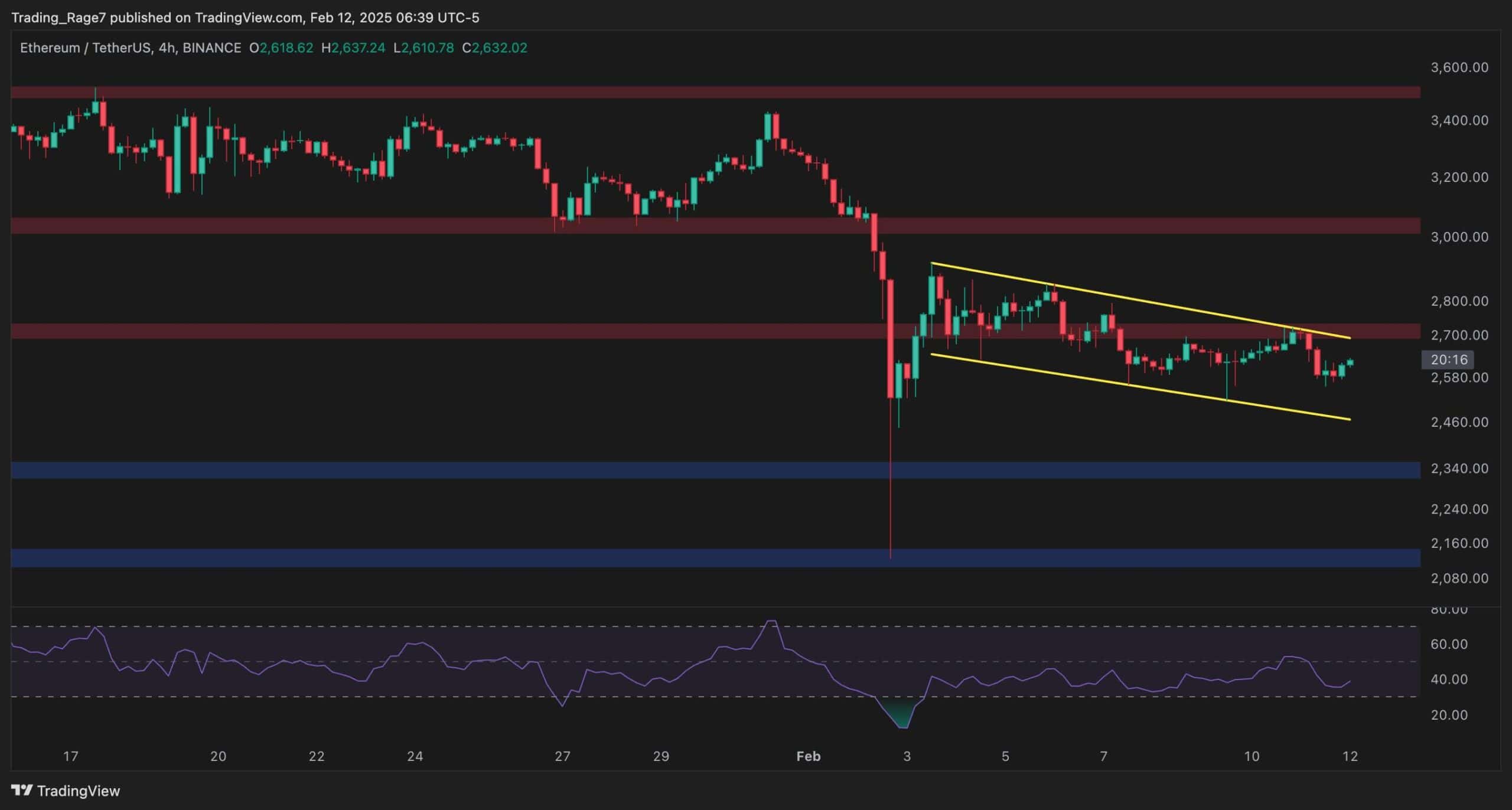Bitcoin Fee Ratio Multiple at Lowest level Since Jan 2018, But What Does it Mean?
Bitcoin’s Fee Ratio Multiple (FRM) is a metric for measuring the distance proof-of-work blockchains have to cover in order to sustain current security levels solely through transaction fee revenue.
According to analytics provider Glassnode, FRM is linked to demand and caused by higher transaction fees. It is currently at its lowest level since January 2018.
The #Bitcoin Fee Ratio Multiple (FRM) is at its lowest level since Jan 2018.
FRM is linked to demand and caused by higher transaction fees.
A low value means increased network security, especially as block rewards decrease over time.
Chart: https://t.co/qmhvVrjR8O pic.twitter.com/j5PZ27Yfts
— glassnode (@glassnode) November 2, 2020
Good For Security
The Fee Ratio was used to provide an answer to a question by partner at Castle Island Ventures, Nic Carter, who asked what percentage of Bitcoin’s economic volume would we have to pay in fees to replace block rewards if they disappeared tomorrow.
It was calculated that about 0.6% of economic volume would have to be paid in fees to support an equivalent level of network security. The figure is calculated by dividing miner revenue by transaction volume. The FRM expands on this with a focus on security by using the following formula;
Miner Revenue [Block Reward + Transaction Fees] / Transaction Fees
As such, it implicitly measures the strength of an asset’s properties as a store of value.
A low FRM suggests that Bitcoin can maintain its current security budget (miner revenue) without having to rely on an inflationary subsidy, whereas a high FRM suggests that the network will require heavy inflation via block reward subsidies in order to maintain its existing security budget. The multiple is applied on a block reward halving cycle basis, i.e. over four-year periods.
A security budget too low would mean the chain would be insecure, and one too high means that users would be overpaying to use it.
In this instance, with block rewards being halved in May, the chain is still highly secure according to the current FRM measurement.
Hashrate Status
Another on-chain metric indicating network health is Bitcoin’s hash rate, but as noted by Glassnode, it has been falling in anticipation of a mining difficulty adjustment.
Over the past couple of days Bitcoin’s hash rate has seen a significant decrease, occasionally falling below 100 exahash per second – values not since since June.
Tomorrow’s mining difficulty adjustment is therefore estimated to be around -16%.#Bitcoinhttps://t.co/x2jaSY3fql pic.twitter.com/a8GnGRuU7d
— glassnode (@glassnode) November 2, 2020
According to bitinfocharts.org, hashrate hit an all-time high of 157.6 EH/s on October 17 but has dropped back to current levels of 114.6 EH/s.
The changes have been attributed to the end of the wet season in China where the majority of Bitcoin mining takes place. When the rains dry up, so does cheap hydroelectric power, especially in Sichuan, which results in mining profits taking a hit and hashrate falling as rigs are powered down or relocated. These are seasonal changes that occur every year and are nothing to be concerned about in the grand scheme of things.









